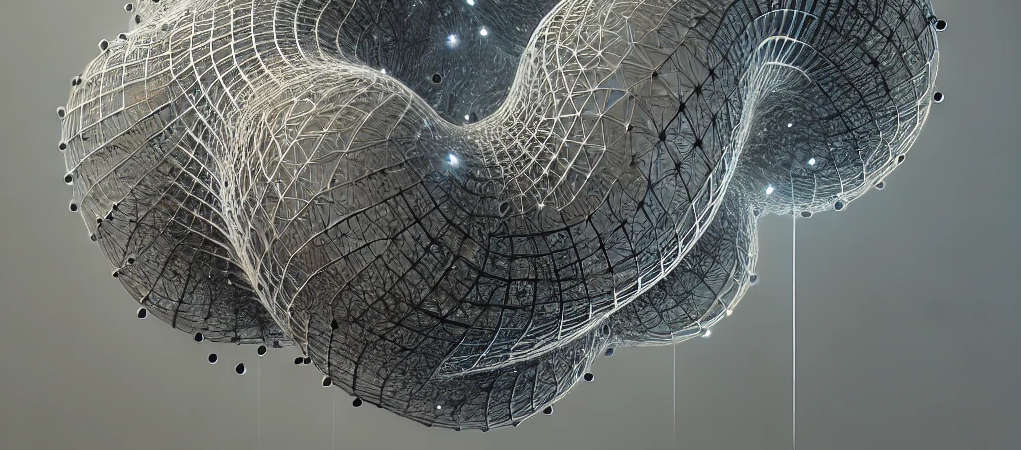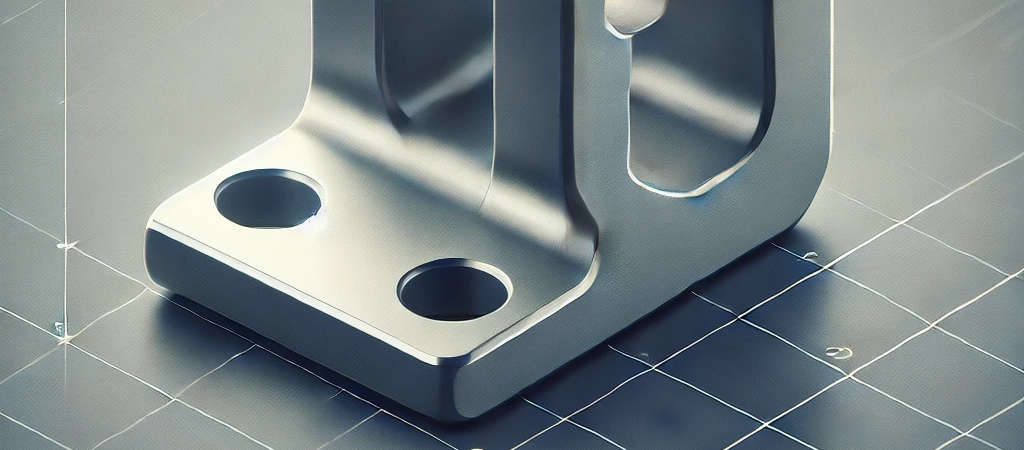What if 3D printing is actually held back by CAD?
There are signs everywhere that point to the end of forward motion in additive manufacturing. There’s the business consolidations, the re-calculation of value, and perhaps most telling is the seeming slow down in printing innovation. We’ve also seen a reduction in novel uses and new markets for 3D printing – or at least it feels like it is from its peak five years ago. All these aspects make it easy to say additive has achieved everything it could.
But what if that’s the wrong take?
After being around various areas of the 3D printing universe, I think what we are seeing is completely different. As the title says, it is not 3D printing that is stalling of its own accord, it is stalling because of technology upstream of the process – CAD.
When this whole additive thing started taking off, the world was awash in possibilities that could be achieved with these processes. There would be alien-shaped structures that would be super efficient in operation and in material use. We would see vast reduction in part counts, as entire assemblies could be combined. Heretofore unbuildable fluid management systems whose complex passageways could never be cast, much less machined. It went on and on, almost faster than imagination could take us.
The reality turned out much different. Aside from some proof of concepts, many of these prognostications have never made it into the world – and certainly nowhere near the pervasiveness we all dreamed of.
The question is: Why not? The answer is not that the additive technology isn’t there to do it. The answer may be the software is not widely available or anywhere near easy to operate to design this complexity for the process.

Many of the truly novel designs printed have been created where the designer had to perform at least some degree of manual coding to pull off the feat – either writing complex code for custom software that designed the shape and output the gCode or taking the ‘easy’ way out and using (or abusing?) an off-the-shelf design package’s own coding platform, like Rhino’s Grasshopper, Python in Blender or forcing Creo to operate on point clouds or some other process that forces the software to go where it is not designed to go.
Whatever the method, it was certainly not easy – those shapes are not what current CAD packages are designed to do well. That’s because today’s CAD packages are designed expressly for subtractive processes, and they do that very, very well. That mastery comes at the cost of doing other things well, especially utilizing additive’s capabilities.

Of course, the issue is even more pervasive than the lack of software to bring out the best in 3D printing. The designers who all have learned how to create things have also gotten extraordinarily good at operating the current software. That happens through mastering the subtractive design paradigm. Even if the software were to change a few years ago (here’s looking at you Autodesk Fusion360 Generative), additive would still have to wait until the subtractive mindset is changed in the design and engineering workforce.
At this moment, I do not have a solution, aside from developing design software purpose-built to take advantage of what additive can do. Frankly, being one of those trained in the subtractive ways, even visualizing how additive-first design software would behave is just as difficult as trying to get your head around eating a hot fudge sundae from the inside out.
Meanwhile, all these 3D printers are still waiting to do their best work – or at least the work they were designed to do. That means waiting for CAD to catch up.

